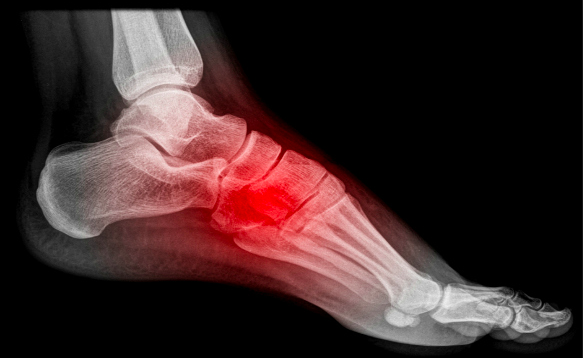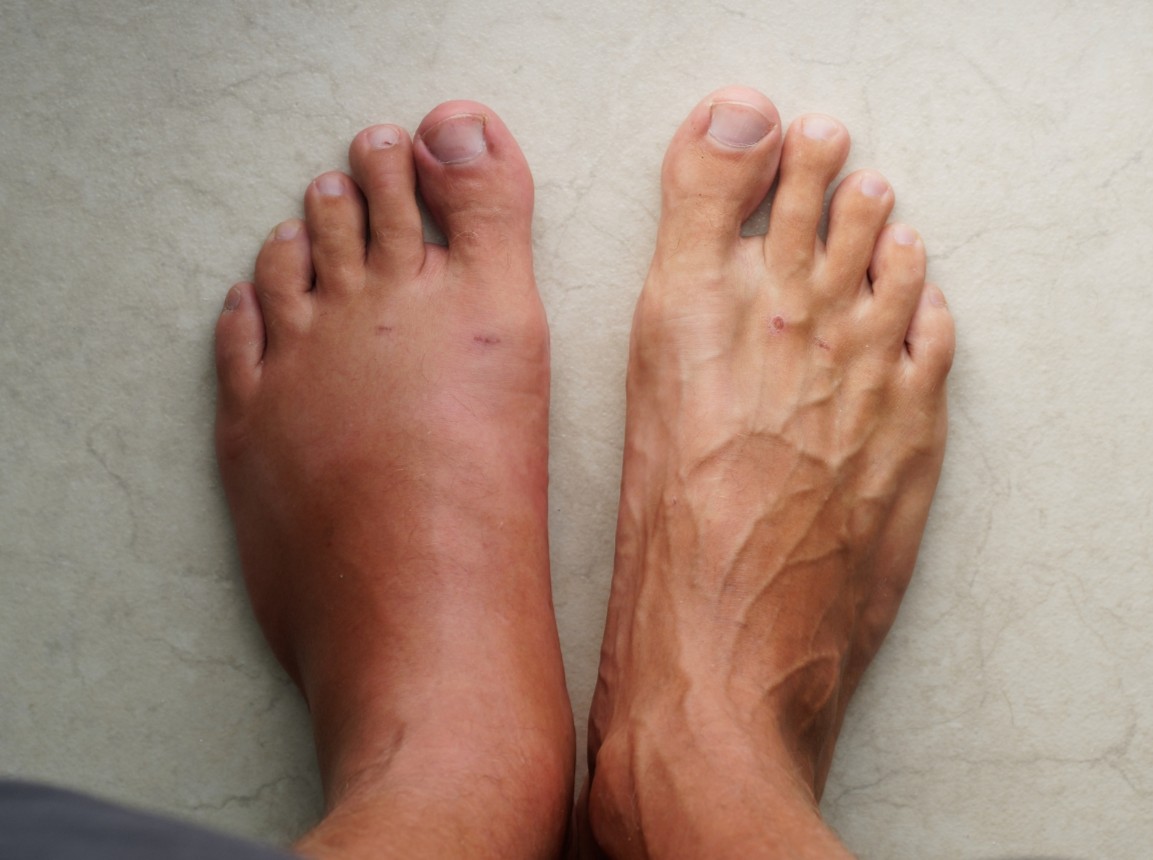 Stress fractures are small, hairline cracks within a bone. Unlike standard fractures which typically occur from trauma or injury, stress
fractures develop over time through repetitive stress to a bone. While stress fractures can affect any bone, they are more common in bones
such as the metatarsals (the long bones of the feet) and the tibia (shin bone).
Stress fractures are small, hairline cracks within a bone. Unlike standard fractures which typically occur from trauma or injury, stress
fractures develop over time through repetitive stress to a bone. While stress fractures can affect any bone, they are more common in bones
such as the metatarsals (the long bones of the feet) and the tibia (shin bone).
When high-impact forces are repetitively put on a bone, tiny cracks may form. Over time and with more stress to the bone, these cracks can
continue to grow and begin to cause painful symptoms. This is a stress fracture. Any activity or condition that results in pressure and
heavy loads on a bone can lead to the development of a stress fracture. This includes:
Because the damage from stress fractures build up over time, the pain can come on gradually without being linked to a certain incident or event. Symptoms at the fracture site can include:
The first part of treatment focuses on relieving the painful symptoms. This can be achieved using the PRICE principles (protection, rest, ice, compression, elevation). The focus of treatment is then to facilitate the healing and repair of the fracture and address the cause to reduce the risk of it happening again. This may include:
Your podiatrist will create a tailored management plan based on the cause of your stress fracture, your symptoms and your regular activities.

We’ve all had those days — you come home after hours on your feet, kick off your shoes, and notice your ankles look puffier than usual.
Swelling in the feet, ankles, or legs (known medically as edema) isn’t always a reason to panic. It can be as simple as a
salty lunch or a long flight.
But what if it’s happening more often — or seems to be getting worse? Swelling can sometimes be a sign of something more serious. Here’s
what could be going on and when to check in with your doctor.
.jpg)
Every year on October 8th, the world celebrates International Podiatry Day - a day dedicated to
raising awareness about foot health and the vital role that podiatrists play in our overall well-being.
Keeping your family on their feet and helping them to walk, run, play and exceed their goals is why we love getting up in the morning.
Ground Floor, One Health Building
122 Remuera Rd, Remuera
Auckland 1050, New Zealand
| MON - FRI | 7:30am – 6:30pm |
| SAT | 8:30am – 4:30pm |
| SUN | Some availability |
Make an Appointment
Online Schedule
Our virtual receptionist is available 24/7 to help with general questions, booking requests, and clinic information, even when our team is busy, or it's after hours.
Whether you're calling us or using our website, you'll get fast assistance any time of day. And if your query needs a personal touch, a member of our team will follow up as soon as possible.
If you’d like to see a podiatrist who speaks your preferred language, just give us a call and we’ll help you book.